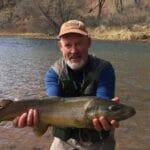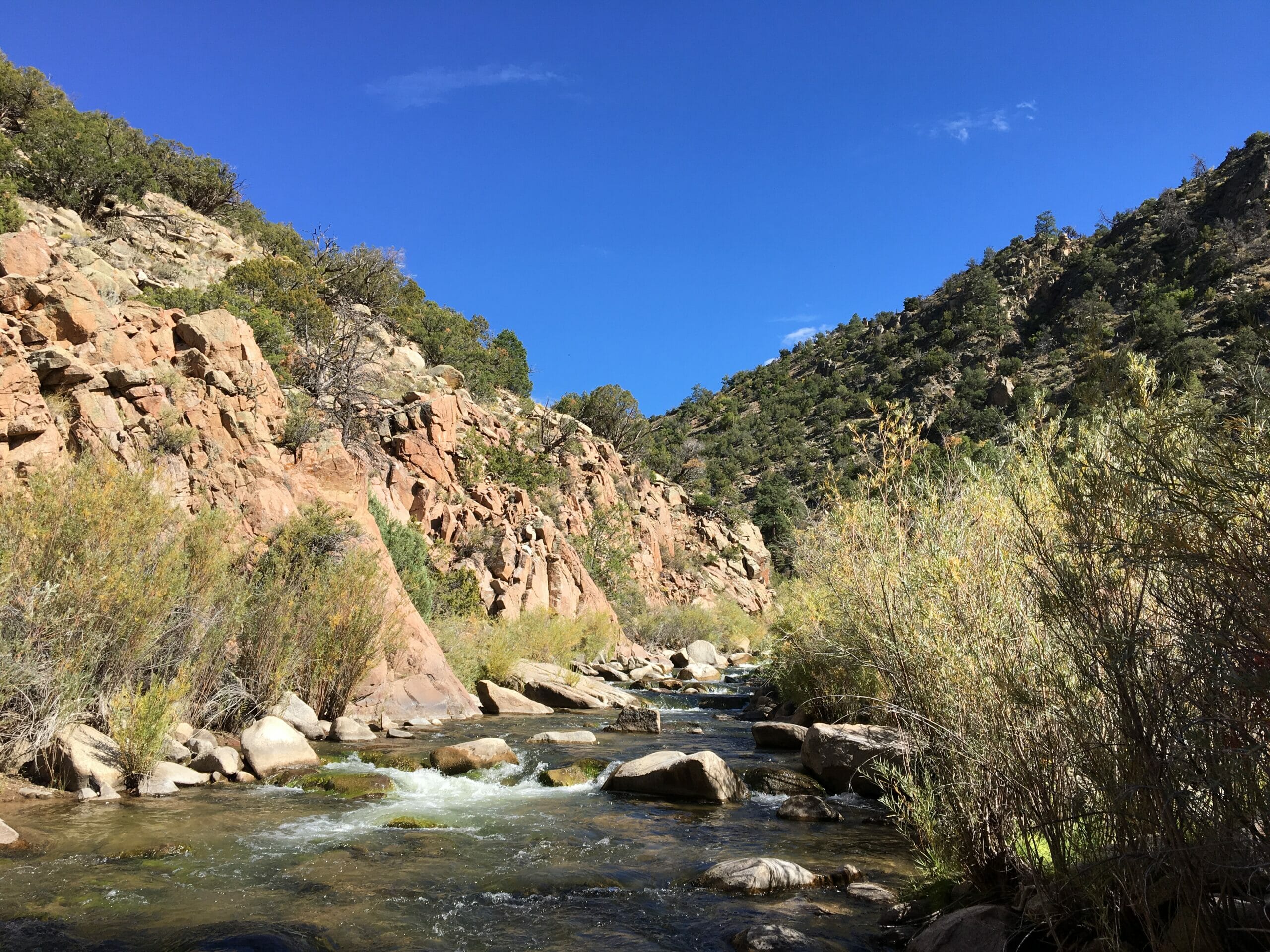Given its dearth of trout fisheries, the state of New Mexico can boast of very few secret hot spots. One of these, a favorite of mine forever, is prone to extreme high water temperatures during the summer but becomes decent at the end of irrigation season. Its browns and cuttbows come out to play when the leaves turn yellow, hitting dries well into October. It’s never been a hugely productive stream as far as fish numbers are concerned — again, the temperature — but as an aesthetic experience, it’s hard to beat, with deep water pockets, horny toads to match mottled pink cliffs, an oasis in scorched-looking terrain.
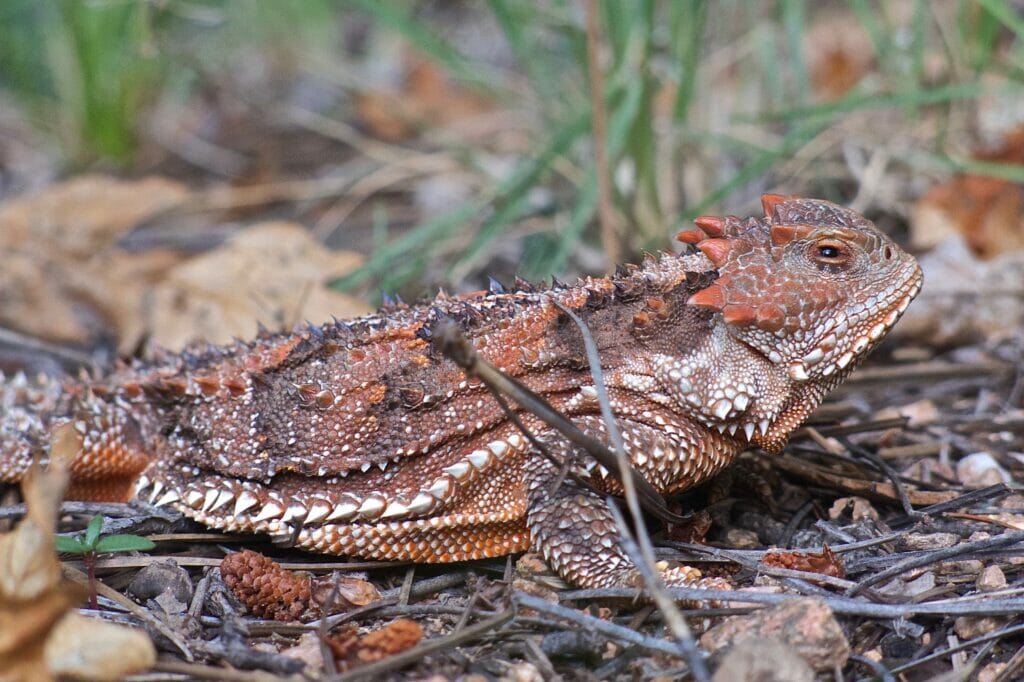
The best part is no people. This stream reminds me of my years in California when my fishing partner Joe and I kept an up-to-date list of Berkeley parks where we could usually count on finding an empty tennis court we could stay on for a couple hours. When he was my chemistry teacher in high school, it was actually Joe who introduced me to my New Mexico secret canyon and its strict operating instructions: I wasn’t to tell a soul … or else.
Yes, it’s one of those places, a creek that would enable me to pick up an easy writing paycheck if I was OK with getting excommunicated from the northern New Mexico fly fishing community. I have no problem with that. Fishing in there for the first or hundredth time is to journey into one of those fishing dreams where you find a river you’d always hoped, but never believed, could exist. It’s the river you would make if you were God. It’s yours, all yours, and when you wake up from the dream, you’re sad for hours.
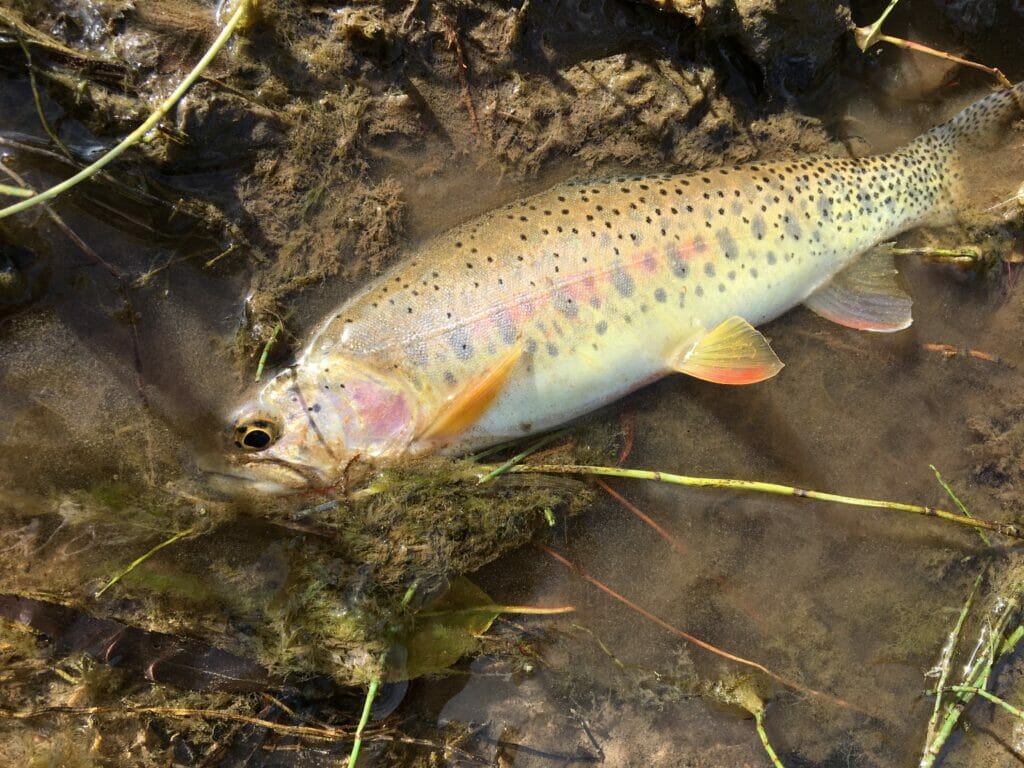
I’ve fished lots of rivers, and this one is definitely up there on the spectacular scale. But the more I think about it, the more I conclude that the main attraction lies simply in its secret status, that a code must be broken to gain access, a dragon courageously slain. Seriously, the stream has a hidden doorway, a passage through the canyon wall that continues down to the river.
Many would disagree, but all the romance belies the regrettable fact that this stream is no secret at all. Outfitters will guide it. Walk into any fly shop, and they will tell you, if grudgingly, how to get there. It’s on the radar of every creek kayaker (many of whom fish), and every time I’ve gone there recently, I’ve seen fresh shoe prints and more dog turds on the trail.
I’ve encountered people on three consecutive trips, probably due to COVID, but maybe also as a logical extension of 40 years having passed since I first “discovered” this place. Like their ancestors did for centuries, nearby tribespeople and Spanish-descended villagers feed their families with fish from the canyon, fish that until recently were native cutthroat trout (are fly fishers the only anglers that count?). And as I write, the New Mexico State Land Office has announced plans to enshrine this precious stream on the altar of “Outdoor Economy,” publicizing its location and expanding parking capacity at the trailhead.
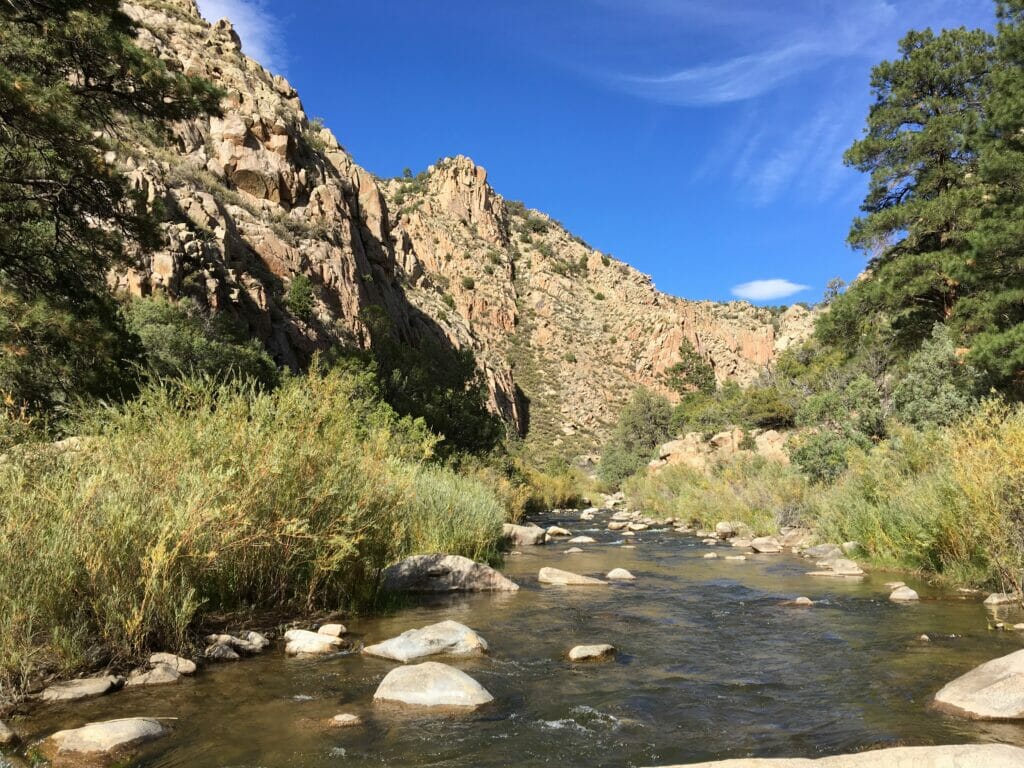
I suppose it had to happen, whatever “it” is or turns out to be. Is it going to be hundreds more people throughout the summer or thousands? Will it stop at foot traffic, or will the Land Office build mountain bike or motorized trails? Ultimately, who is any one individual — an angler like me, for example — to prescribe a destiny for such a treasure? Seriously, of the people I’ve seen in there, how many have looked at me and wondered how I got the golden key?
Maybe, as with other special landscapes, the silver lining is that putting this stream on the map will cause its fan base to protect and enhance it. Maybe someday the creek will even have a name.
Toner Mitchell is TU’s water and habitat coordinator for New Mexico.


